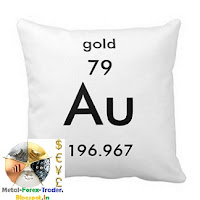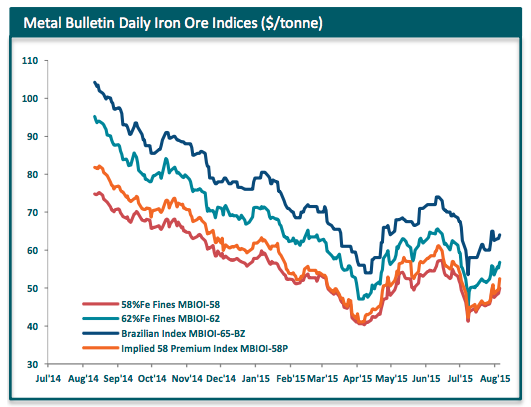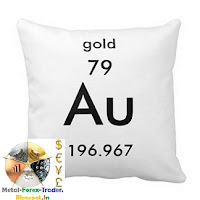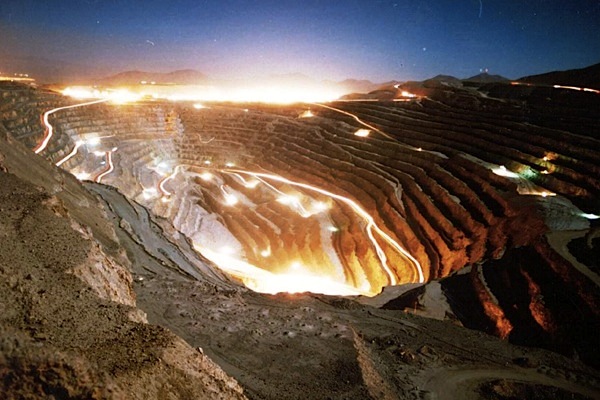“Gold’s father is dirt, yet it regards itself as noble” So goes a Yiddish proverb. Trouble is, it has not lived up to the proverb’s meaning: gold, like other commodities, has taken a beating over the past month.
Unlike many commodities, it has few industrial uses. A big chunk of demand is for investment. Gold held in exchange traded funds — a typical investment instrument — has fallen 40 per cent since a 2012 peak.
The recent gold price fall means more trouble ahead for gold miners. The all-inclusive cost to produce gold is about $1,100. If gold prices fall below $1,000, some gold reserves (assets) would be unprofitable to recover and need to be written down, putting pressure on the more indebted miners.
Gold cannot fall forever. Even so, listed gold miners should at some point be cheap. One early buy signal is when it costs less to buy mines on the stock market than to build them. Building a gold mine from scratch can be measured, crudely, by the cost of the investment (including debt) an ounce of gold produced. An average new mine would cost $2,500 an ounce of annual output, estimates RBC. Yet the larger listed gold miners still have an average enterprise value to production of $3,600.
More traditional valuation metrics tell a similar story. Despite the precious metal’s fall, the two largest miners by market value, Barrick Gold and Newmont Mining, still trade at double their forward price earnings multiples of two years ago.
Even if gold prices keep falling, it is far too early to sift the dirt for glitter.






